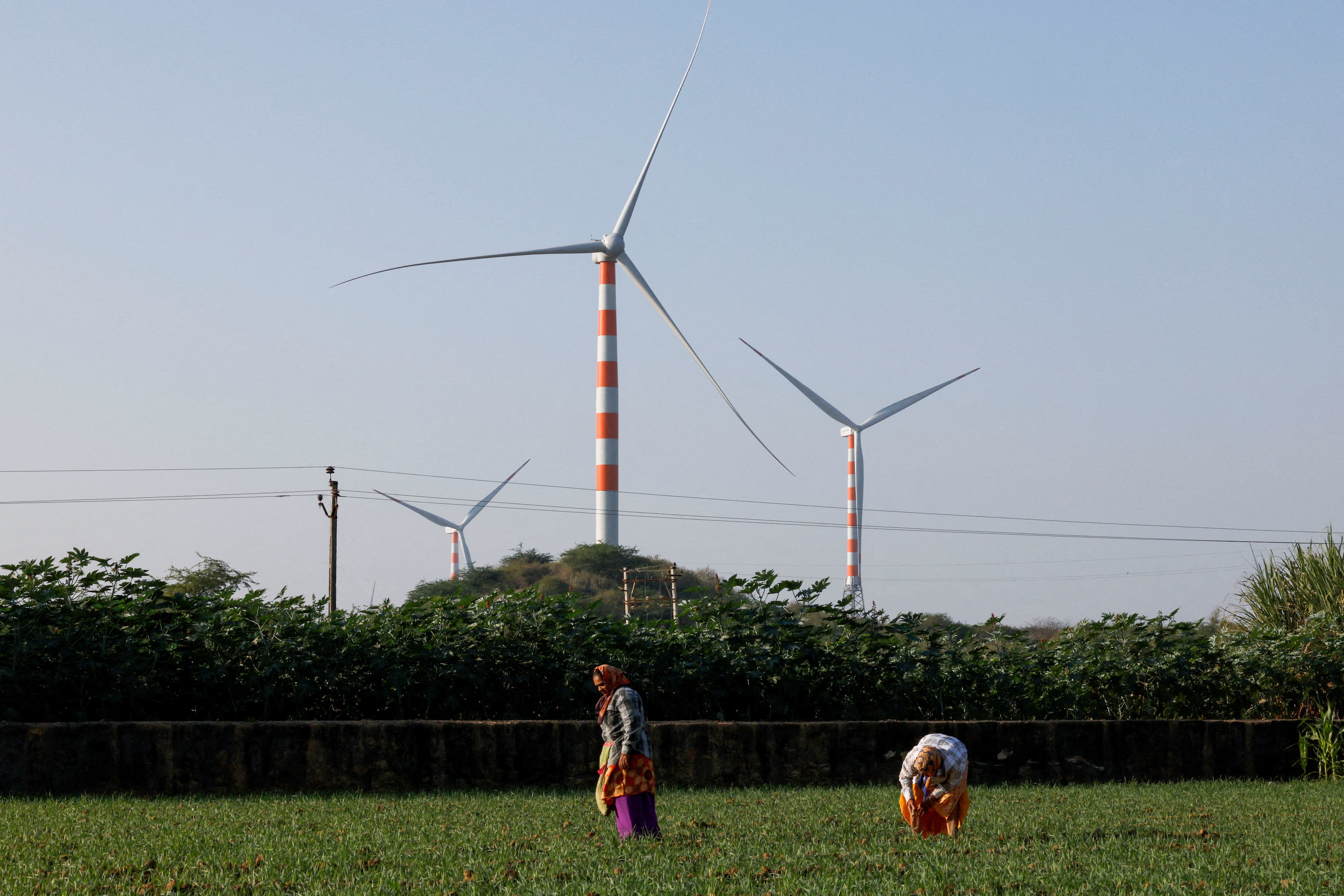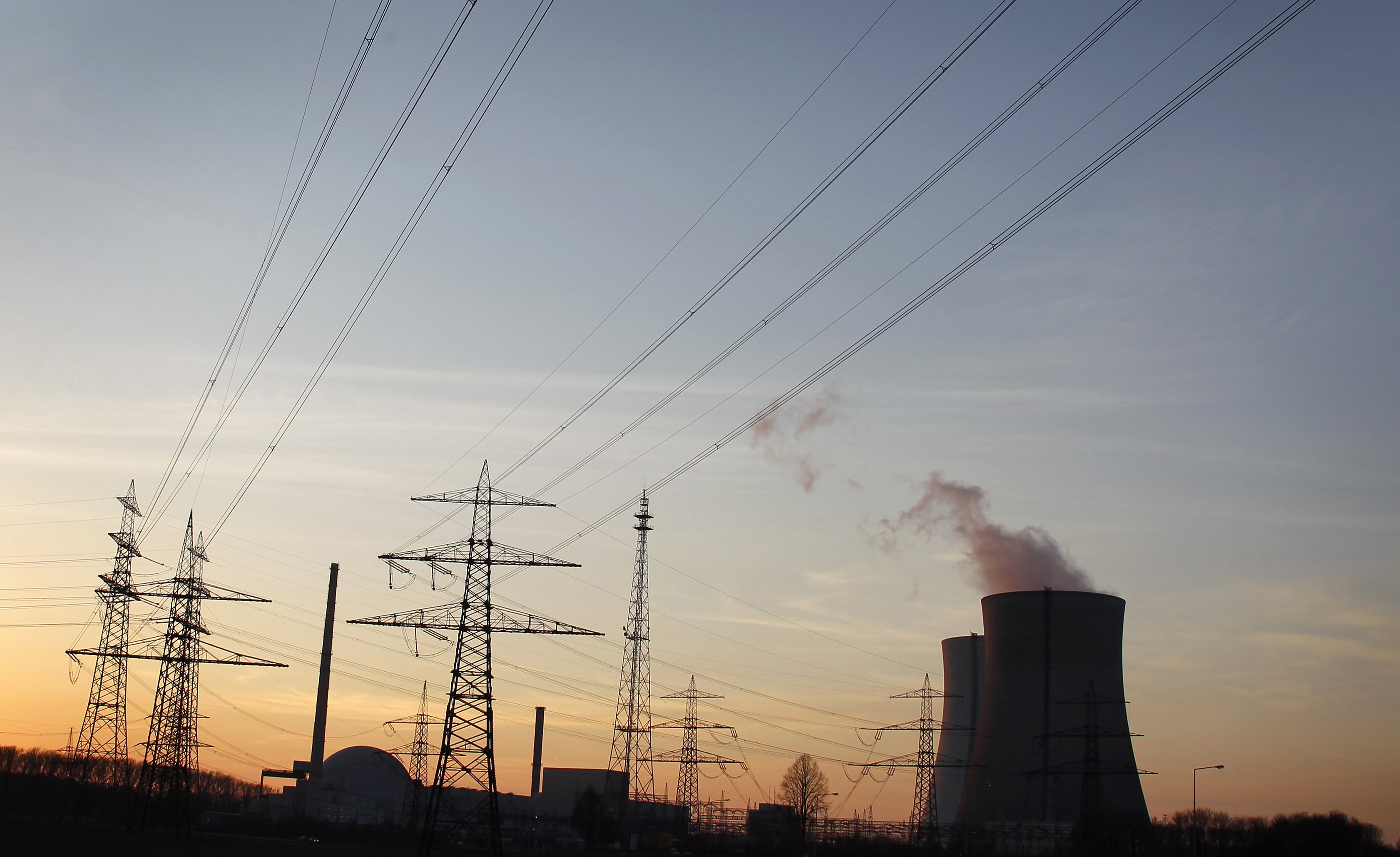Keeping the lights on in Texas – is renewable energy the answer?
Wind, water and solar could be transformational for the United States, Stanford researchers believe.
Image: UNSPLASH/ Moritz Kindler
Stay up to date:
United States
- Texas, California and other US states could end power outage problems – by switching to clean energy, say Stanford University researchers.
- Replacing fossil fuels with 100% wind, water and solar would stop blackouts like the one in Texas in February 2021.
- It would also create millions of jobs, reduce energy costs and improve health.
- Governments must do more to remove barriers to renewable energy installations, the International Energy Agency says.
Power outages in Texas – and elsewhere – could be avoided if the United States moved to 100% renewable electricity, according to a new study.
A winter storm in Texas in February 2021 left more than 10 million people without electricity at its peak, causing losses of an estimated $130 billion.
Researchers at Stanford University have modelled a 2050 scenario where the US power grid runs only on renewable electricity from wind, water and solar energy.
Even with extreme weather, there are no blackouts under this scenario in Texas, California, “or any other state,” the researchers say in the study, which is published in the journal Renewable Energy.
Accept our marketing cookies to access this content.
These cookies are currently disabled in your browser.
From blackouts to benefits
As well as avoiding power outages, the Stanford renewables scenario creates almost 5 million jobs and saves about $700 billion a year by improving people’s health.
Other benefits include cutting consumer energy costs by more than 60% and reducing land use.
To achieve these projections, all cars and trucks would run on electric motors or hydrogen fuel cells. Gas furnaces and water heaters would be replaced with electric heat pumps, while coal and natural gas power plants would be replaced with wind turbines and solar panels
Globally, renewable energy capacity is growing faster than ever, according to the International Energy Agency (IEA).
In its Renewables 2021 report, the IEA forecasts that global renewable electricity capacity will rise more than 60% from 2020 levels to over 4,800 GW by 2026. This is equivalent to the current total global power capacity of fossil fuels and nuclear combined.
Renewables call to action
But this is still well short of what’s needed to get the world to net-zero emissions by 2050, the IEA warns.
To reach this, the world would need to add new renewable energy capacity at almost double the rate modelled in the IEA report. Demand for biofuels would also have to grow around four times the current projections, and demand for renewable heat by almost three times.

Governments need to spend more on renewables as their economies recover, the IEA says. Electricity, heat, biofuels, biogas and other renewables currently account for just 11% of governments’ economic recovery spending on clean energy. Barriers to renewable installations also need to be addressed. These include “stop-and-go policies,” lack of grid availability, lack of financial incentives and public opposition in some countries to wind and hydropower projects.
The IEA says rising commodity, energy and shipping prices are increasing the cost of renewable installations. But higher natural gas and coal prices have also improved the competitiveness of wind and solar.
What's the World Economic Forum doing about the transition to clean energy?
Accept our marketing cookies to access this content.
These cookies are currently disabled in your browser.
Don't miss any update on this topic
Create a free account and access your personalized content collection with our latest publications and analyses.
License and Republishing
World Economic Forum articles may be republished in accordance with the Creative Commons Attribution-NonCommercial-NoDerivatives 4.0 International Public License, and in accordance with our Terms of Use.
The views expressed in this article are those of the author alone and not the World Economic Forum.
Related topics:
Forum Stories newsletter
Bringing you weekly curated insights and analysis on the global issues that matter.
More on Energy TransitionSee all
Gaurav Upadhyay and Labanya Prakash Jena
August 8, 2025
David Timis
August 8, 2025
Forum Stories
August 6, 2025
Marina Colombo and Lynn Kappes
August 6, 2025
Sverre Alvik
August 5, 2025
Michael Wang
July 28, 2025






